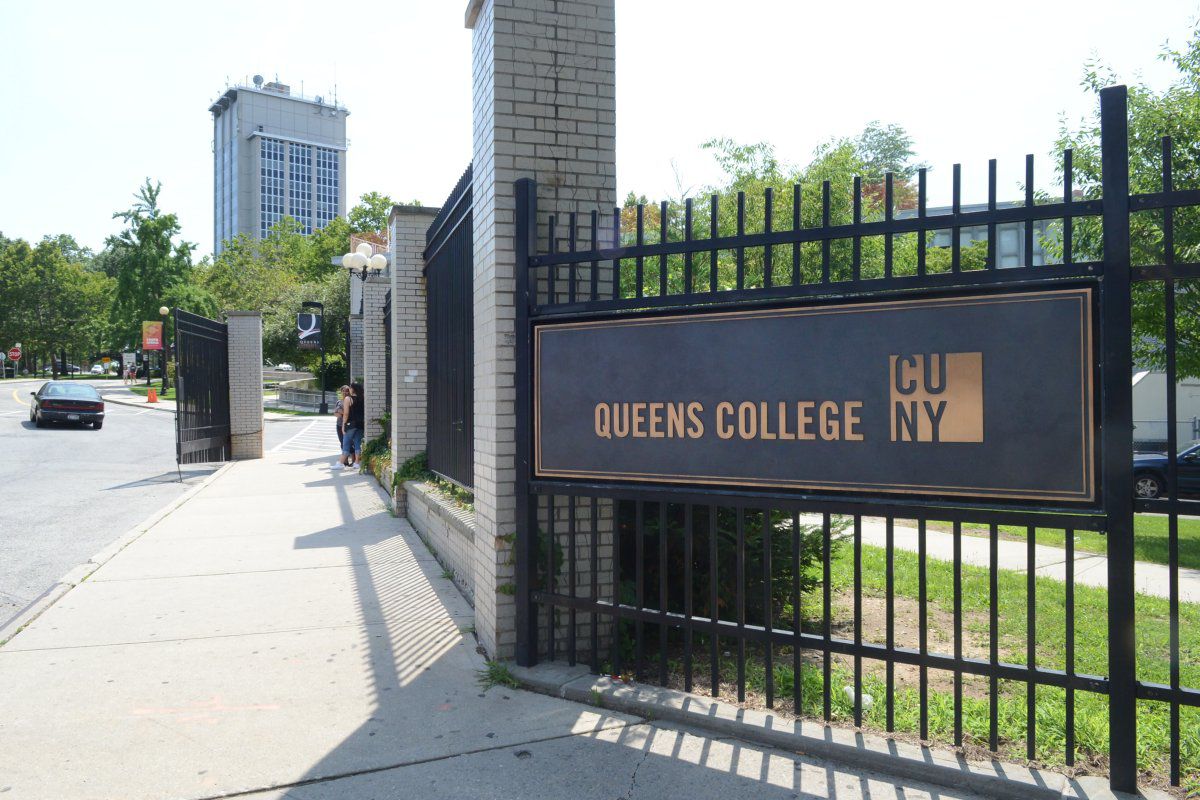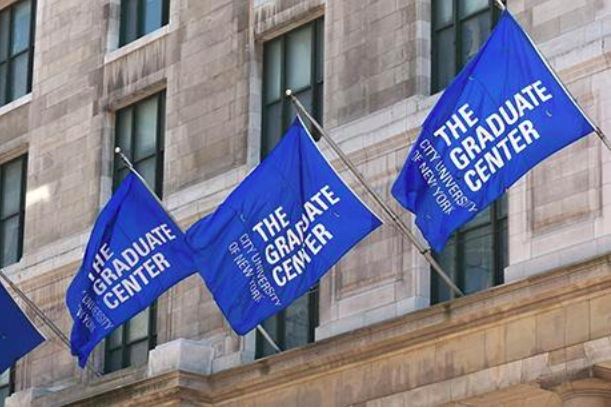November is Diabetes Awareness Month, which highlights a disease at least 29 million Americans have, according to the Centers for Disease Control and Prevention.
There are two main types. Type 1 is when the body cannot produce enough insulin, the hormone absorbing glucose. Type 2 is when the hormone cannot effectively work.
Nathaniel Schwartz, a senior, was diagnosed with Type 1 when he was nine years old.
“There isn’t an hour that goes by that I don’t think about my blood glucose levels” Schwartz said.
Type 1 diabetes is usually diagnosed early. It is not preventable and there is no cure. But there is a stigma attached to diabetes.
A marketing company called dQ&A released a study last year that found 76 percent of people with Type 1 diabetes agree there is a social stigma with it. For those with Type 2 diabetes, 52 percent concur.
One senior did not provide her name, but said she was diagnosed when she was seven years old and affected her everyday ever since.
“It affects every decision I make and every activity that I participate in, including travels, physical activities, standardized tests and parties,” she said.
She also said she feels incapable of performing mundane tasks, like reading or remembering, when her blood sugar is low.
Moreover, Schwartz felt there were misconceptions about diabetes that still exists, including whether diabetics are allowed to eat sugar.
“Yes [we can], people. Yes,” Schwartz said.
Schwartz carries a bag of sugar on him in case his blood sugar gets too low, which can create confusion.
“At a club, I got patted down. Upon being searched, the bouncer took a bag of white powder. It took a while to convince him it was sugar,” Schwartz said.
However, there are positives living with the disease. The anonymous senior appreciated the help given by people, especially when she is offered food to prevent low blood sugar.
“I always feel extremely lucky and blessed to live in a time where science is at its peak, and treatments and devices have been created to ensure that I can live a normal and healthy life,” the source said.
Schwartz also felt changes in society made his life with Type 1 diabetes easier.
“Advances in technology have made it so much easier to track and control blood glucose levels. I’m thankful for the hardworking biomedical engineers who drastically improved my life. They are the real unsung heroes,” Schwartz said.
Queens College offers resources for students with diabetes like the Office of Special Services, which serves all students with disabilities.
Gail Reischer-Formato, assistant director of Special Services, said students with diabetes are offered breaks for exams, food for low blood sugar, early class registration, transportation and even a place to rest at the office.
The director also noted accommodations for diabetic students are different depending on the circumstances. However, she felt all students deserve an equal opportunity with education.
“People are not knowledgeable of the disease and, just because people don’t see it, it does not mean it’s not there,” Reischer-Formato said.













